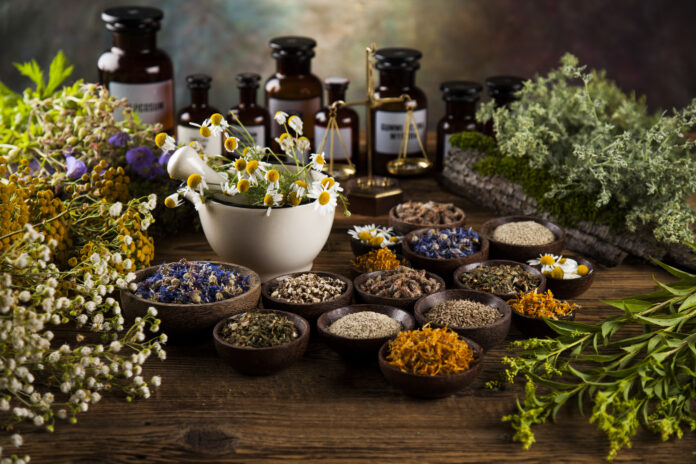Text by Sienna Lakin
Images from Shutterstock
In the ongoing battle against COVID-19, Asia has sought help from traditional herbal medicines. But are these medicines made from herbs (such as green chiretta and ginger) a genuine remedy to the virus?
Green Chiretta: The “King of Bitters”
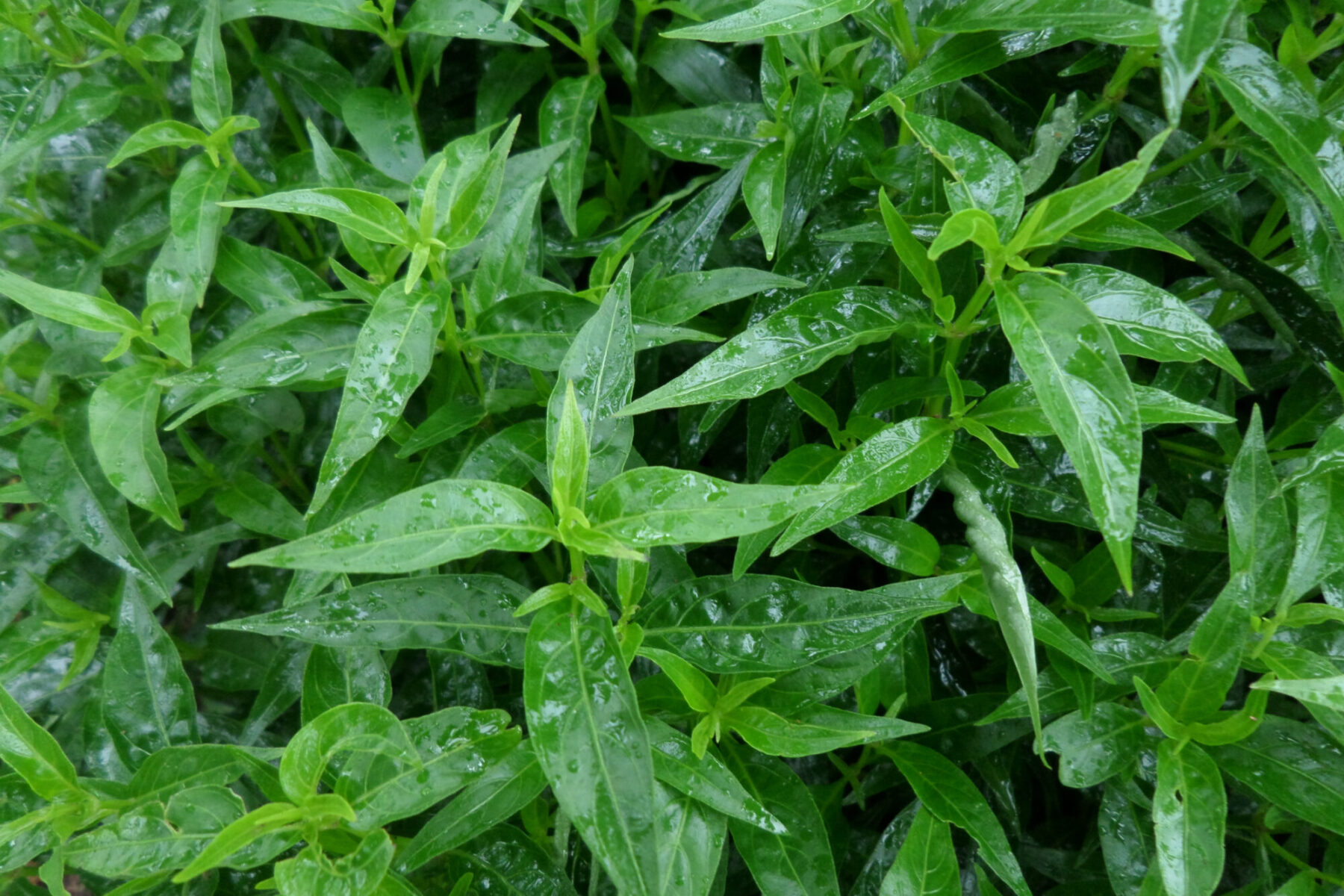
Across Asia, from Thailand and Vietnam to Asian giants India and China, many people are seeking herbal treatments to alleviate the symptoms of COVID-19 whilst vaccine access remains unequal.
Green chiretta (Andrographis paniculata) or fah talai jone, nicknamed the “king of bitters” in Thailand, has risen in popularity during the COVID-19 pandemic and proceeding panic. The herb has been long recognised for its medicinal properties and has been found in ancient Thai, Sri Lankan, and Indian recipes. Before the pandemic, common colds were frequently treated and relieved by the herb. The active ingredient in the herb is called andrographolide, which acts to reduce inflammation and is claimed to limit viral replication.
A study undertaken by researchers in 1991 at Mahidol University in Bangkok, Thailand revealed that six grams of green chiretta taken daily was equally as effective as four grams taken daily of paracetamol in the relief of a fever or inflamed tonsils (pharyngotonsillitis) in patients. The herb was proven, in mild cases, to be a successful treatment of particular upper respiratory tract infections with limited side effects.
Giving Green Chiretta the Green Light
Thailand’s government has approved the herb’s use for those with “mild” COVID-19 symptoms, albeit not as a sole medication but as an assisting drug. The testing process was undertaken in the prison system, where inmates both harvested and consumed the herb. The mature stems are collected, the plant is then dried, and the dark green powder is packed into capsules.
The Corrections Department gave the herbal remedy to 11,800 inmates with asymptomatic COVID or mild symptoms, claiming that 99 percent of them fully recovered. The Ministry of Higher Education, Science, Research and Innovation recommends that patients should take 60mg of fah talai jone three times a day after mealtimes, for a total of 180mg per day.
Whilst severe cases were handled with appropriate medical attention, the cheap, readily available, and more-accessible green chiretta was an alternative to tackle the surge of cases, particularly in environments such as prisons, where people cannot social distance.
An Accompaniment to Medication, Not a Treatment
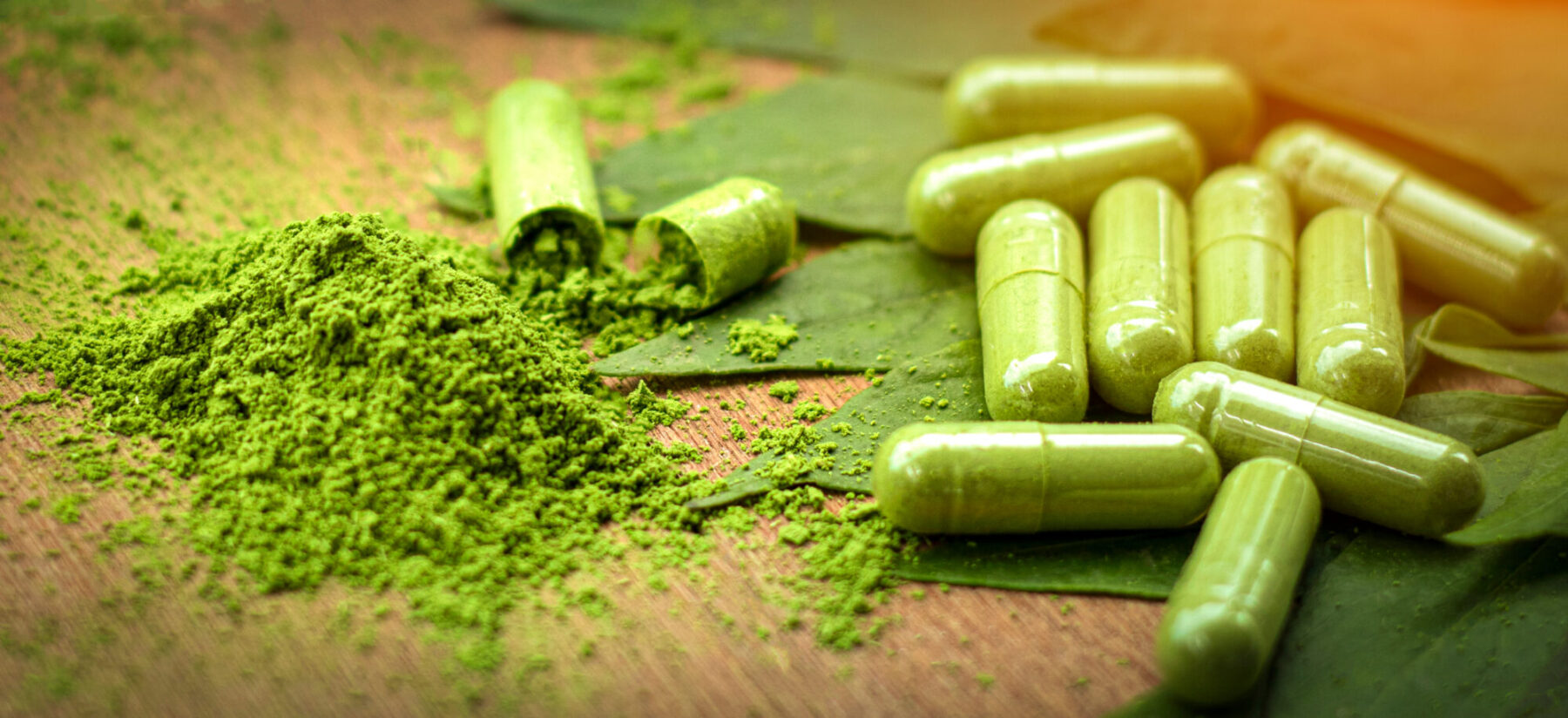
Despite green chiretta being approved by Thailand’s government and available over the counter as a home remedy, the details of the prison study have not been released to the scientific community. For instance, it’s not clear whether it was a “double-blind, randomised, controlled trial”, where there is a control group for comparison, and neither researchers or participants know who received the herb and who received the placebo.
Following the approval, there is also concern about misleading labelling, substandard products, and inflated pricing. Consumers need to be aware that bodies such as the World Health Organization have not approved the herb as an officially recommended drug for the treatment of COVID.
Associate Professor Dr Mayuree Tangkiatkumjai, from the Faculty of Pharmacy at Thailand’s Srinakharinwirot University, part of a panel assessing the safety of green chiretta, warns that the herb must be taken with caution. She says that studies have shown that prolonged use of green chiretta can increase the levels of certain liver enzymes that can cause liver toxicity. She stresses that green chiretta should not be taken as a prophylactic. “We recommend taking green chiretta for five consecutive days,” she says. “If symptoms do not improve and there is no risk of liver disease, then you may continue taking it, but not more than 14 consecutive days, and under the doctor’s supervision.”
A new Thai study adhering to stringent scientific protocols is looking at the efficacy of both green chiretta and Chinese ginger (Boesenbergia rotunda) in the treatment of asymptomatic COVID, and the results are expected soon.
Chinese Ginger: An Extra Kick?
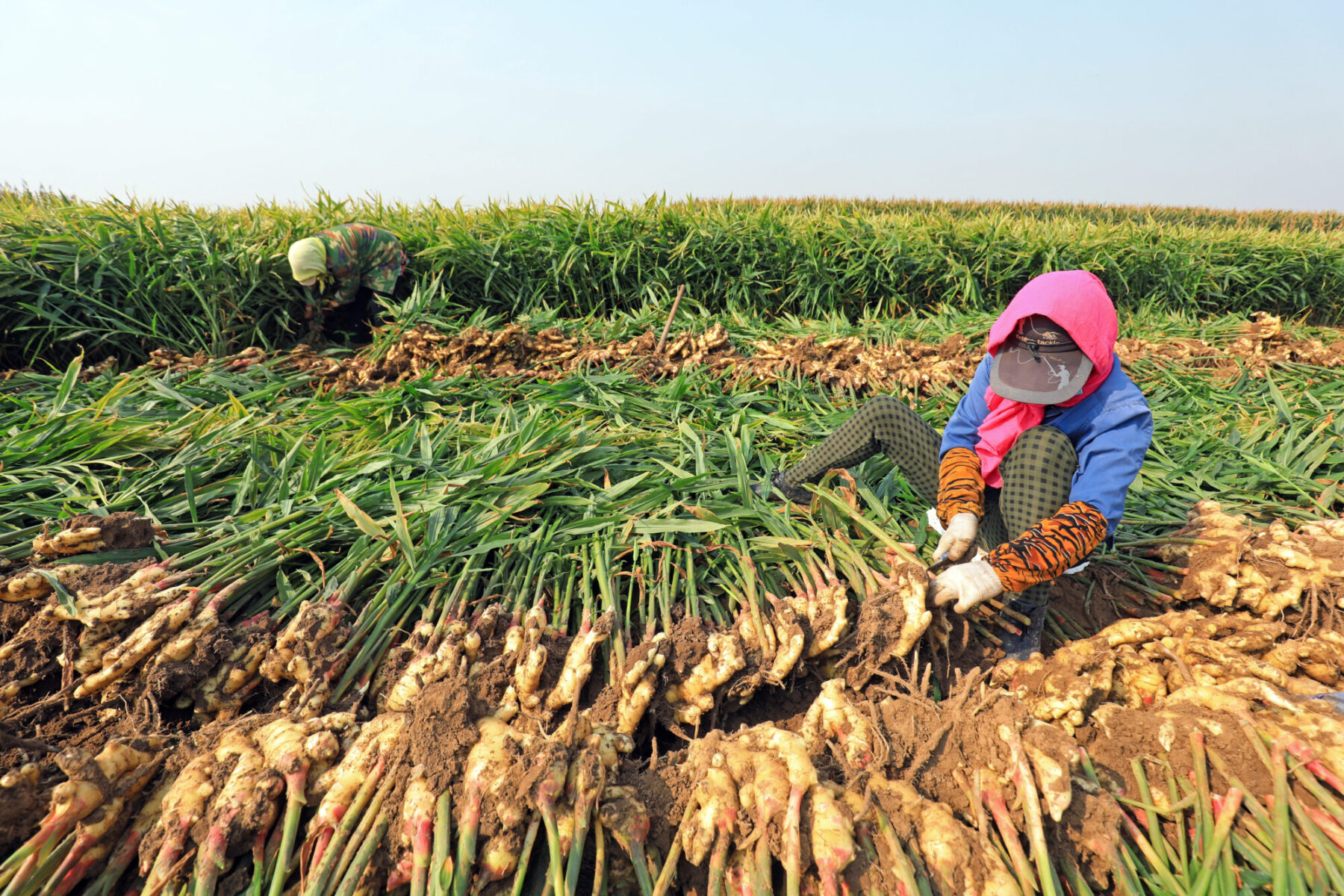
Chinese ginger (Boesenbergia rotunda), also known as Chinese keys and fingerroot, has also been hailed as a “wonder herb” with an important role during the pandemic. It is used in both traditional cuisines and medicine in Southeast Asia. It is grown just below the soil and can be cultivated and harvested for its rhizomes, which treat inflammation. With their anti-allergen and antioxidant properties, the leaves can also be employed for myriad conditions. According to studies collated by Health Benefits Times, there are isolated bioactive agents found in Chinese ginger that can treat infection. The root has been rumoured as an effective tool for alleviating coughs, flu, chest infections, and asthma. Given the similar symptoms associated with COVID infection, it’s not surprising that Chinese ginger has been touted as an important herbal remedy.
Laboratory experiments in Thailand by the Faculty of Science and Faculty of Medicine, Ramathibodi Hospital, Mahidol University and Thailand Center of Excellence for Life Sciences are currently being undertaken to assess the effectiveness of the extract.
The research indicates that Chinese ginger effectively inhibits COVID infection on human respiratory tissues grown in the lab. Both Boesenbergia rotunda extract and its phytochemical compound, panduratin A, exhibited potent anti-SARS-CoV-2 activity.
Now, all eyes are on the forthcoming results of the Thai trial investigating both green chiretta and Chinese ginger in the treatment of asymptomatic COVID. It may turn out that both these herbs prove to be important candidates in the fight against coronavirus.
Reality Check
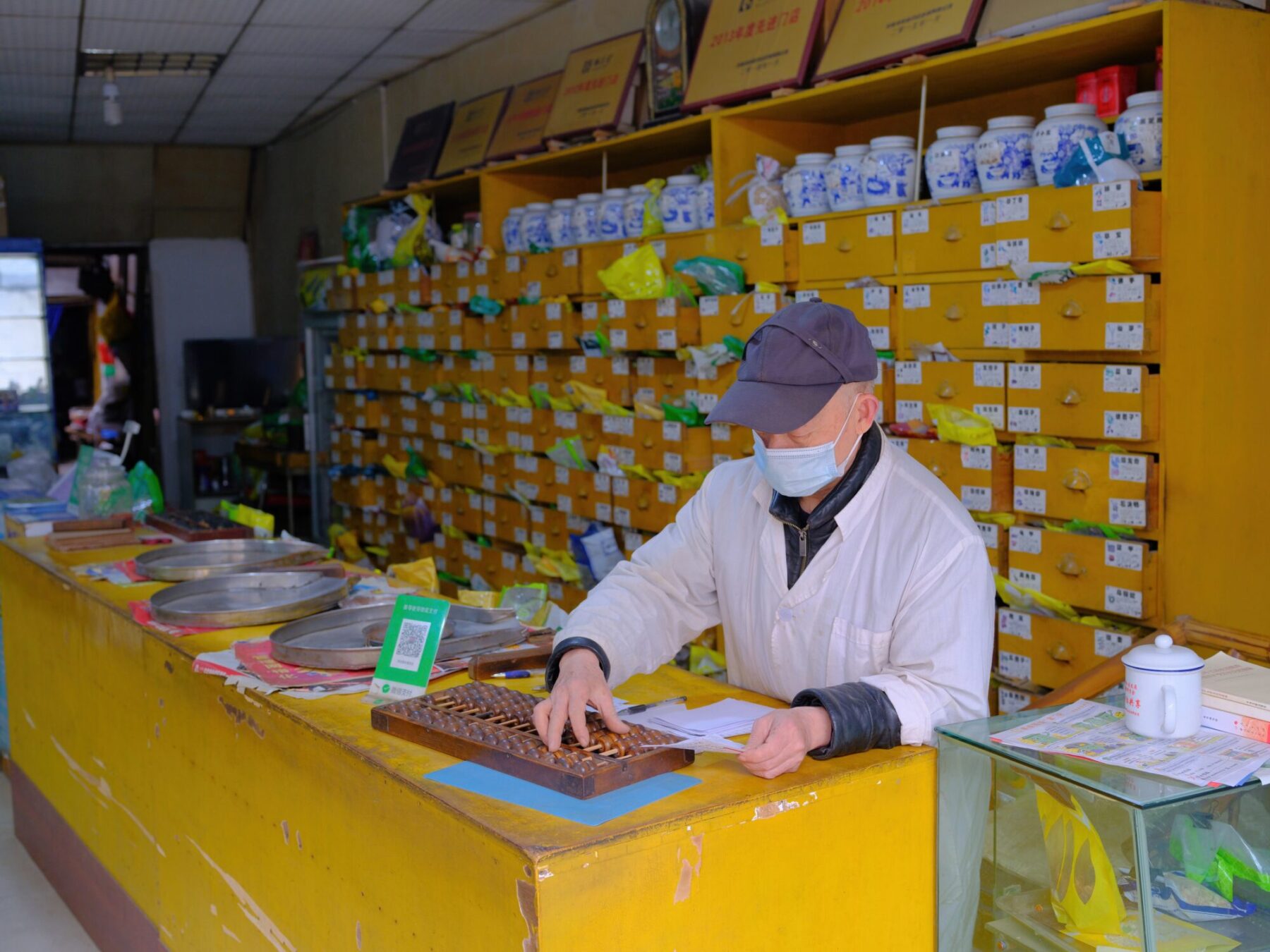
In unprecedented circumstances, such as a pandemic, hoaxes and fake news stories inevitably emerge about miraculous remedies and quick fixes. In an analysis by professors Dâmaris Silveira (University of Brasilia, Brazil), Dr José Prieto-Garcia (Liverpool John Moores University, UK), and Prof Michael Heinrich (University College London School of Pharmacy, UK), it is clear that herbs may be used in tandem with tested drugs but should not be used alone. Their research, collated and published by University College London, assesses 39 herbal medicines, including green chiretta and ginger, and concludes that whilst these herbs will neither prevent nor cure COVID, they may be used as adjuvants in the treatment of the respiratory symptoms of the disease.
For any concentrated herb, whether a herbal medicine in the form of a tablet or an extract, it is essential a physician or pharmacist be consulted. Consumers with liver- and kidney related issues, those who are pregnant, and those with high blood pressure or diabetes must also consider the risks. Traditional herbal medicine could well already have assisted in reducing the spread of COVID-19 and alleviating symptoms. For now, myths remain, but that is not to say there is no place for herbs in our very real fight against the disease. After the scrutiny of further rigorous testing, the future may hold much hope.
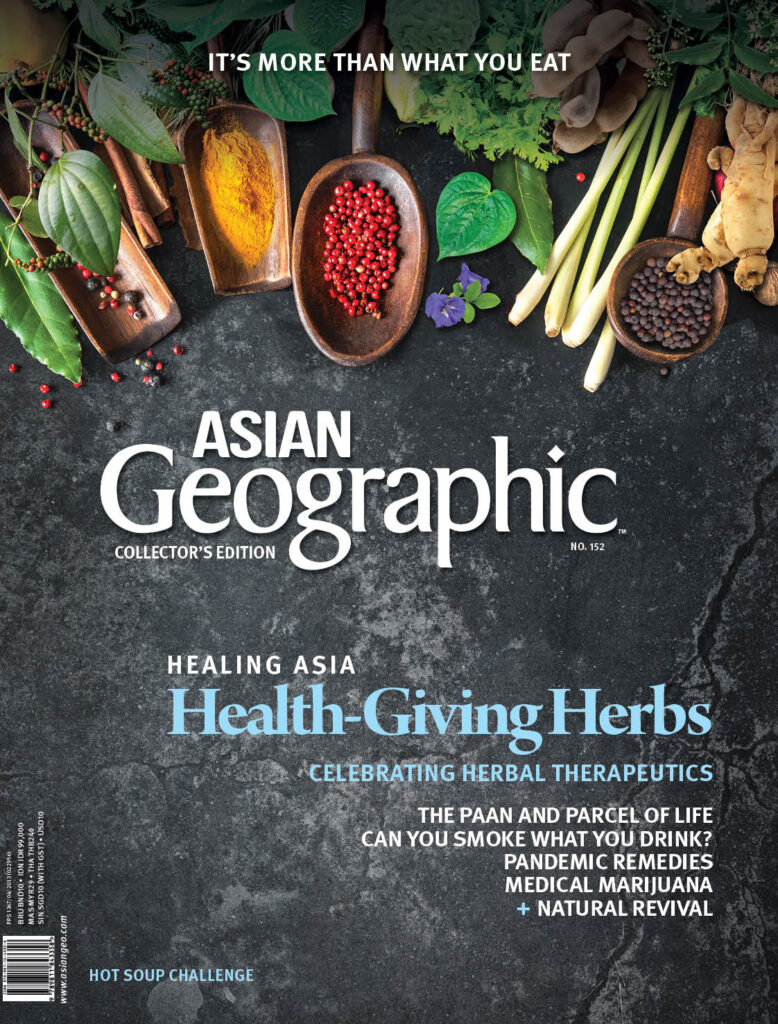 To learn more about the diverse properties and usages of herbs across Asia, get your copy of Asian Geographic Issue 1 / 2022 here.
To learn more about the diverse properties and usages of herbs across Asia, get your copy of Asian Geographic Issue 1 / 2022 here.
Subscribe to Asian Geographic Magazine here or for more details, please visit https://www.shop.asiangeo.com/.


